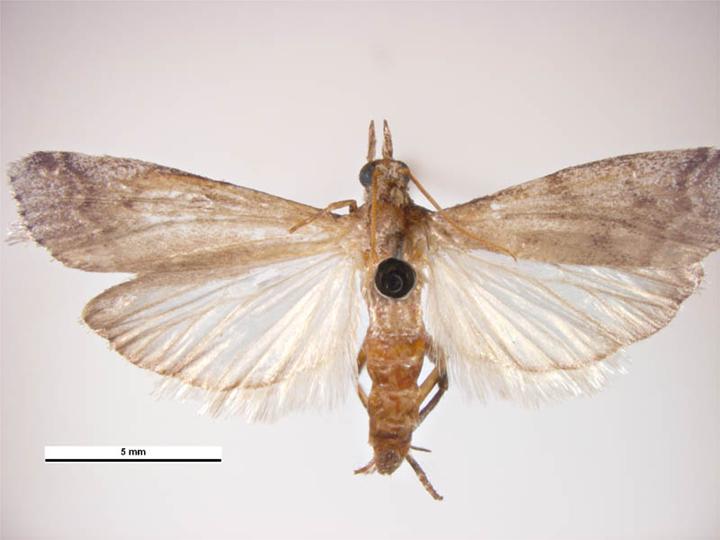
Further research proved that some of the sterile moths in the pilot navel orangeworm project were successful. Tests evaluating the trial that is releasing sterile NOW moths into pistachio and almond orchards to control the pest showed the treated males weren’t performing very well on a small scale. UC Cooperative Extension Specialist Houston Wilson said they then tested treated females to see how they performed. “We put mating tables out that had either an unirradiated female from our laboratory colonies or an irradiated female from the facility in Phoenix,” Wilson said. “What we found there was a little better news… The irradiated females were able to attract and successfully mate with wild males to a fairly equal extent as the unirradiated females.”
Wilson said they didn’t have high hopes after the first night, however, but the moths performed better after a period of acclimation. “The irradiated females on the very first night of exposure weren’t as successful but on the second and the third night…we would see them successfully mating with the equivalent of the unirradiated moths,” Wilson said. “We think that little difference mostly has to do with them needing to adjust to the photoperiod…They essentially see the light for the first time when we released them into the block at the site.”










